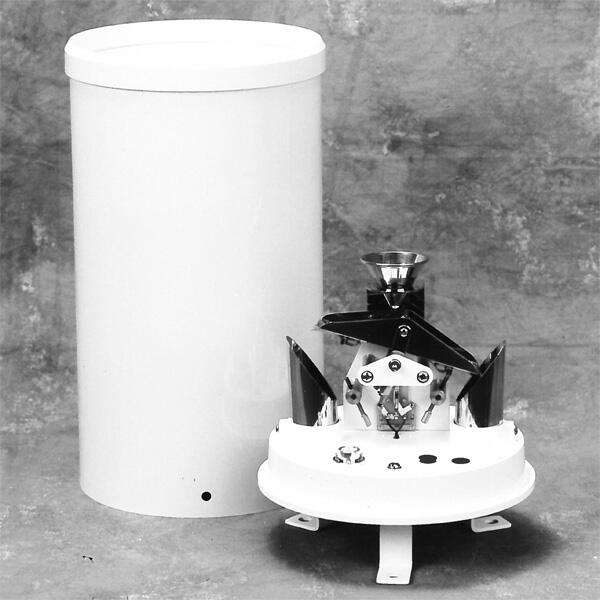
。
# 10 Practical Applications of Rain Gauges in Weather Monitoring
Rain gauges are essential tools in meteorology, agriculture, and environmental science. These simple yet effective devices measure the amount of precipitation over a specific period, providing valuable data for various applications. Below are ten practical uses of rain gauges in weather monitoring:
## 1. **Agricultural Planning**
Farmers rely on rain gauges to monitor rainfall and make informed decisions about irrigation, planting, and harvesting. Accurate precipitation data helps optimize water usage and improve crop yields.
## 2. **Flood Forecasting**
Rain gauges play a critical role in predicting floods by measuring rainfall intensity and duration. This data is used to issue timely warnings and mitigate potential damage to communities and infrastructure.
## 3. **Hydrological Studies**
Hydrologists use rain gauges to study water cycles, including precipitation patterns, runoff, and groundwater recharge. This information is vital for managing water resources and designing sustainable systems.
## 4. **Climate Research**
Rain gauges contribute to long-term climate studies by providing historical precipitation data. Scientists analyze this information to understand climate trends and predict future changes.
## 5. **Urban Planning**
Cities use rain gauge data to design drainage systems and prevent waterlogging during heavy rains. This ensures better urban infrastructure and reduces the risk of flooding.
## 6. **Disaster Management**
During natural disasters like hurricanes or cyclones, rain gauges help emergency responders assess the severity of the situation and allocate resources effectively.
## 7. **Water Resource Management**
Rain gauges are crucial for managing reservoirs, lakes, and rivers. By tracking precipitation, authorities can regulate water levels and ensure a stable supply for drinking, agriculture, and industry.
## 8. **Ecosystem Monitoring**
Environmental scientists use rain gauges to study how precipitation affects ecosystems. This data helps in conserving biodiversity and maintaining ecological balance.
## 9. **Weather Forecasting**
Meteorologists rely on rain gauges to validate weather models and improve the accuracy of forecasts. This ensures better preparedness for extreme weather events.
## 10. **Educational Purposes**
Rain gauges are widely used in schools and universities to teach students about meteorology, hydrology, and environmental science. They provide hands-on learning experiences and foster a deeper understanding of weather patterns.
In conclusion, rain gauges are indispensable tools with a wide range of applications. From agriculture to disaster management, these devices provide critical data that helps us understand and respond to the ever-changing weather and climate.
Keyword: 10 uses of rain gauge
